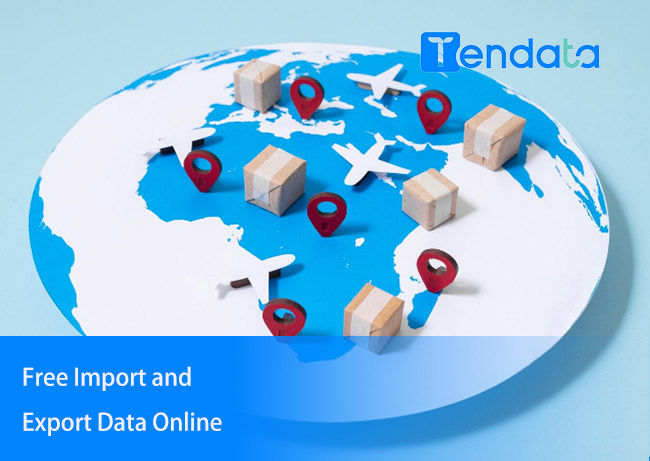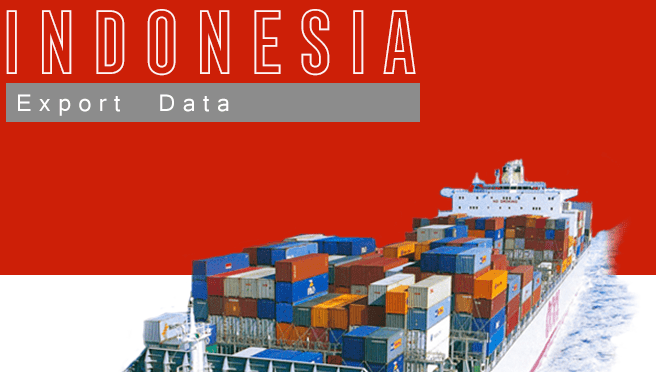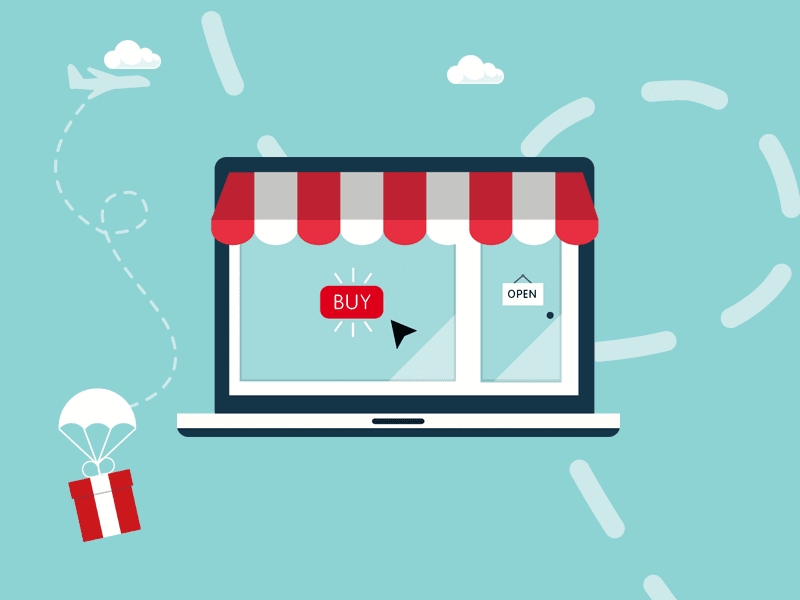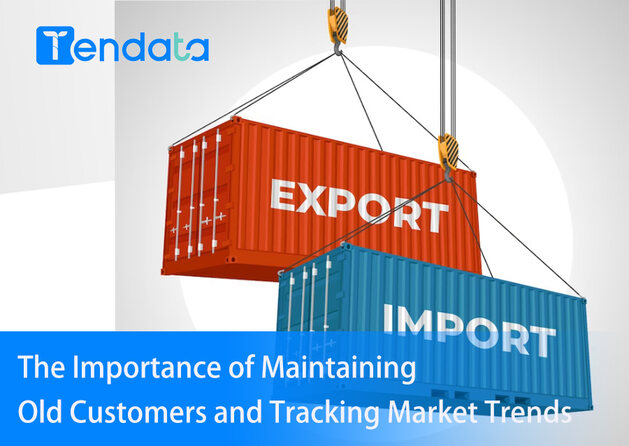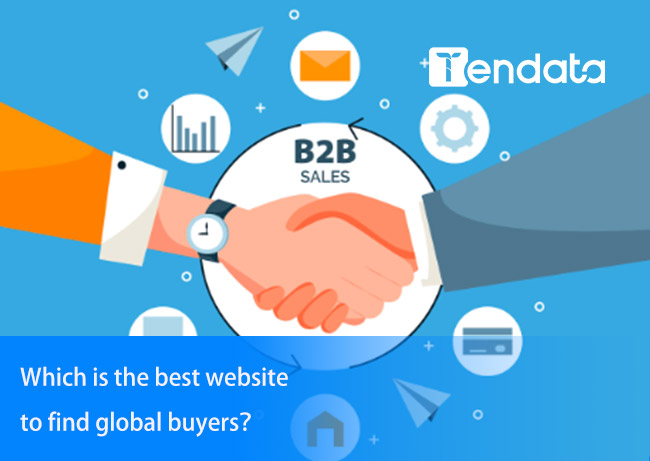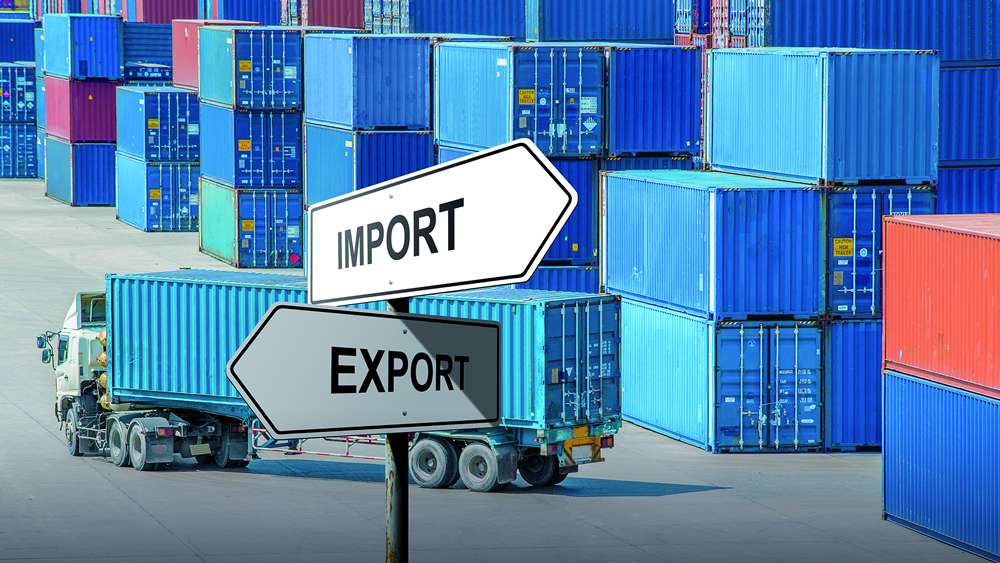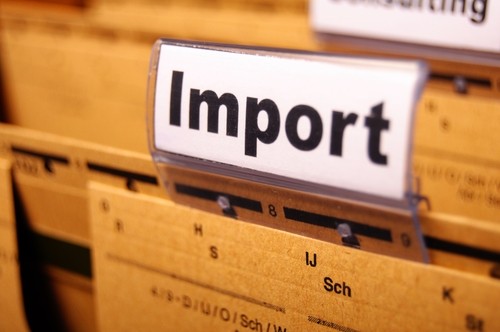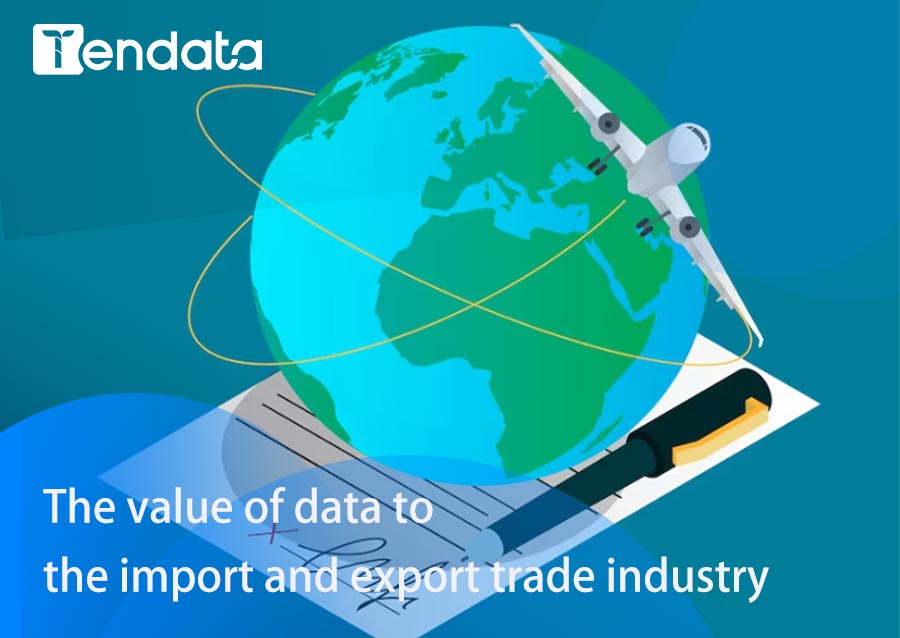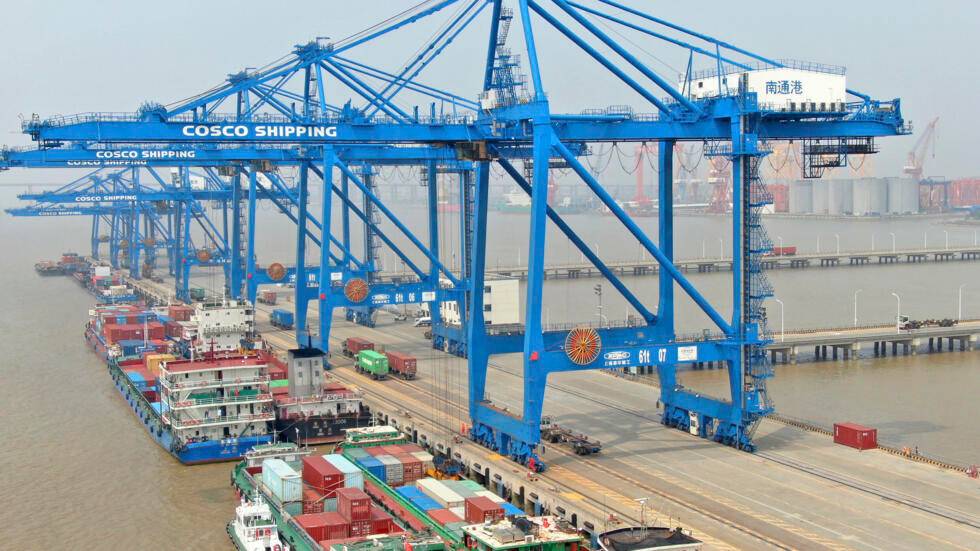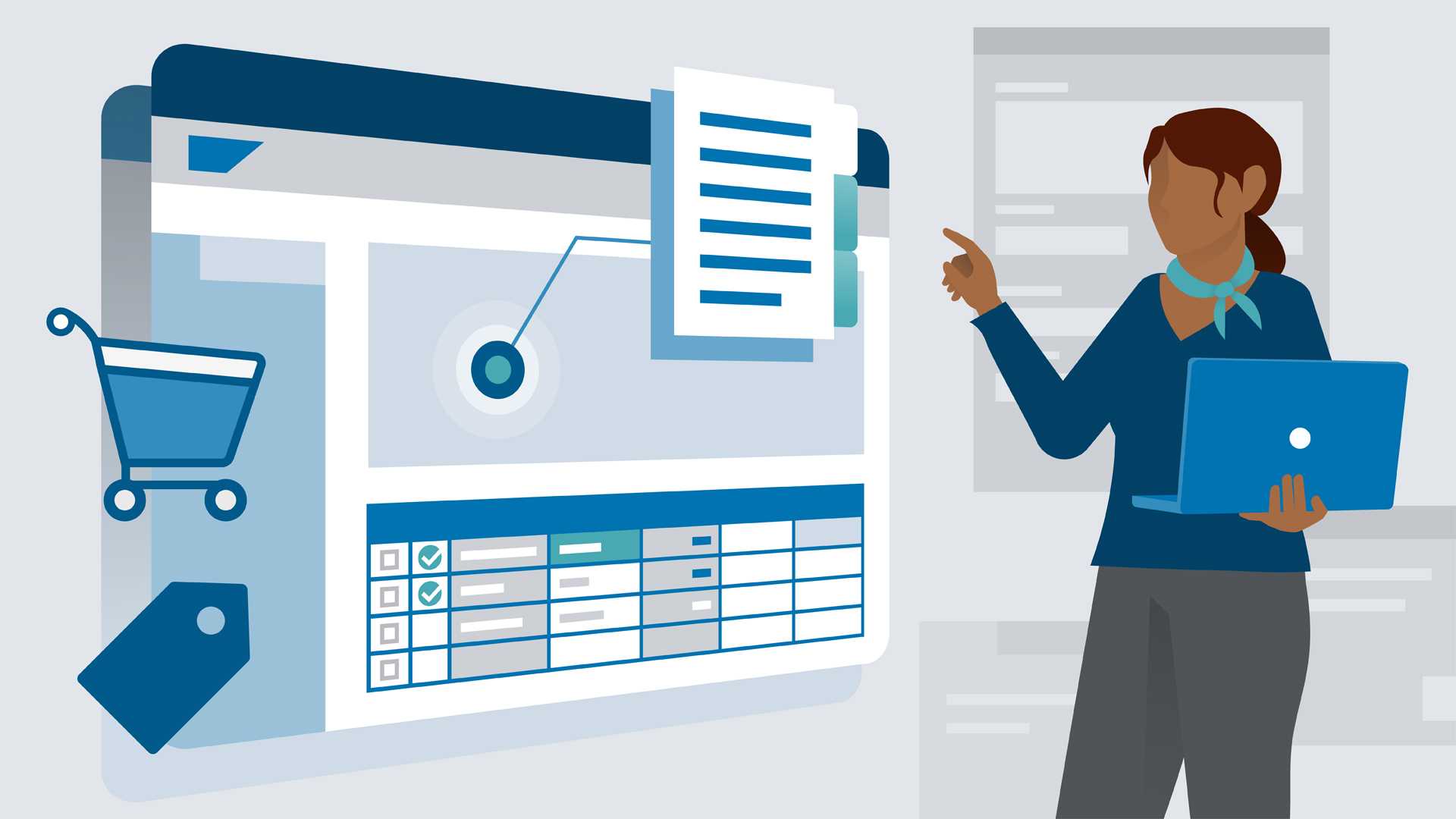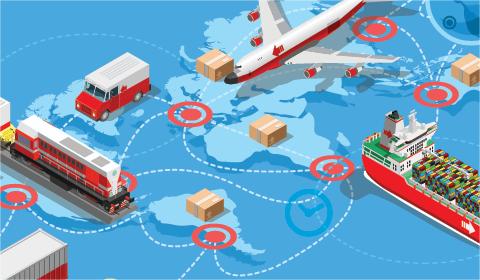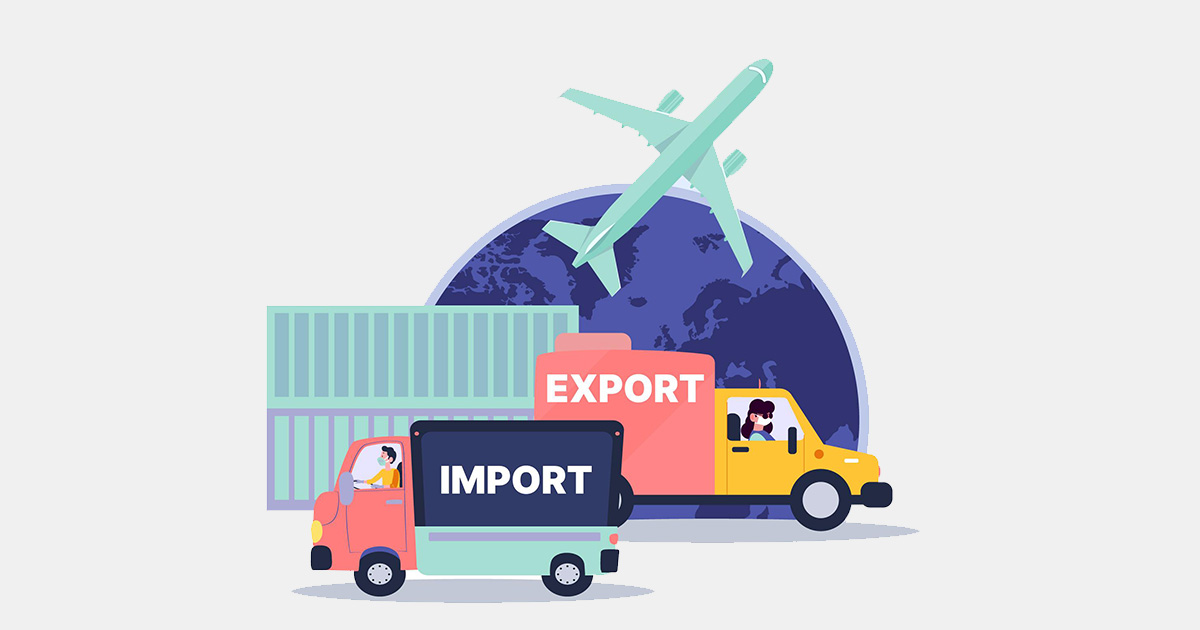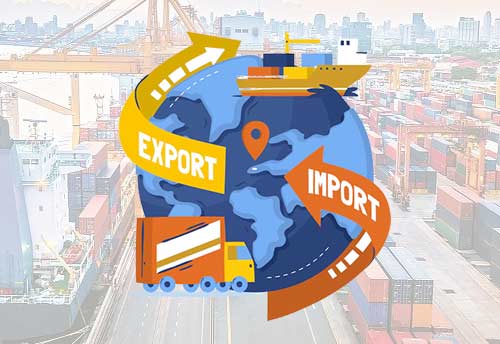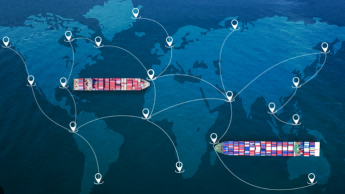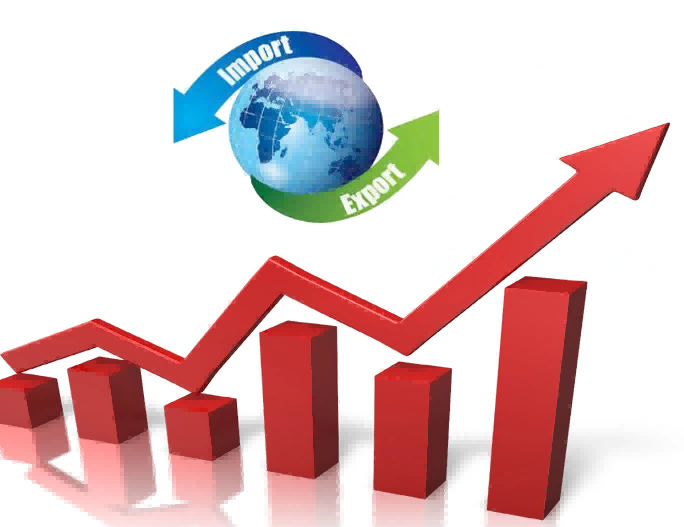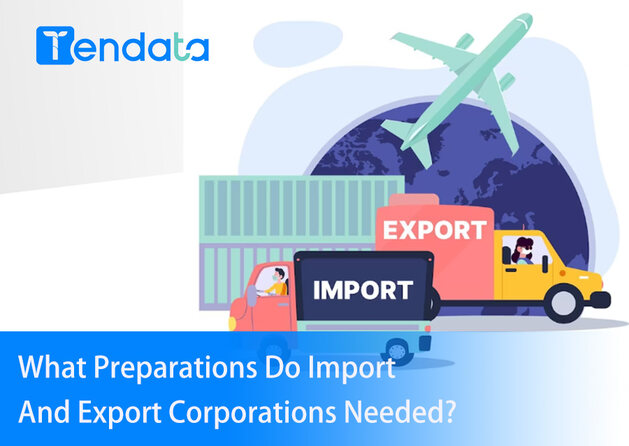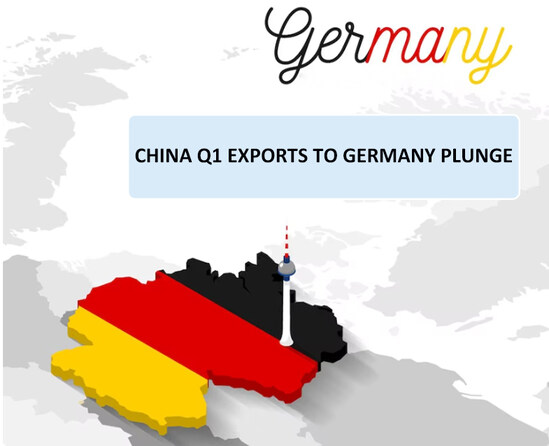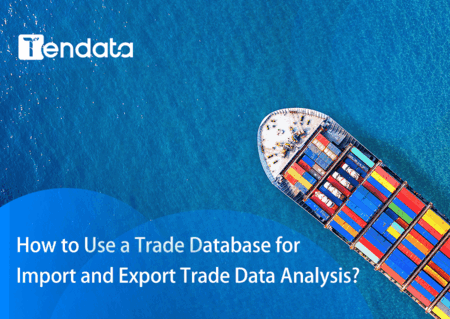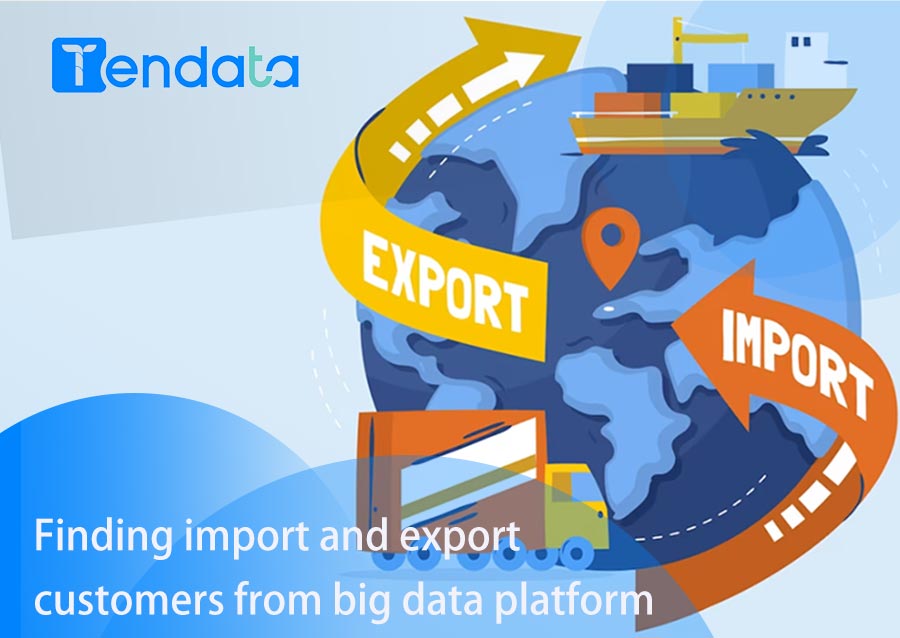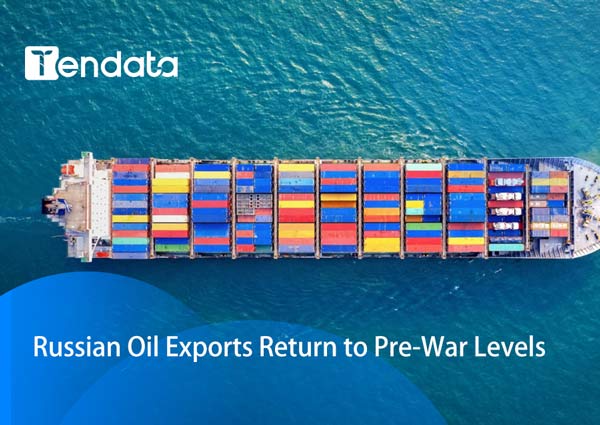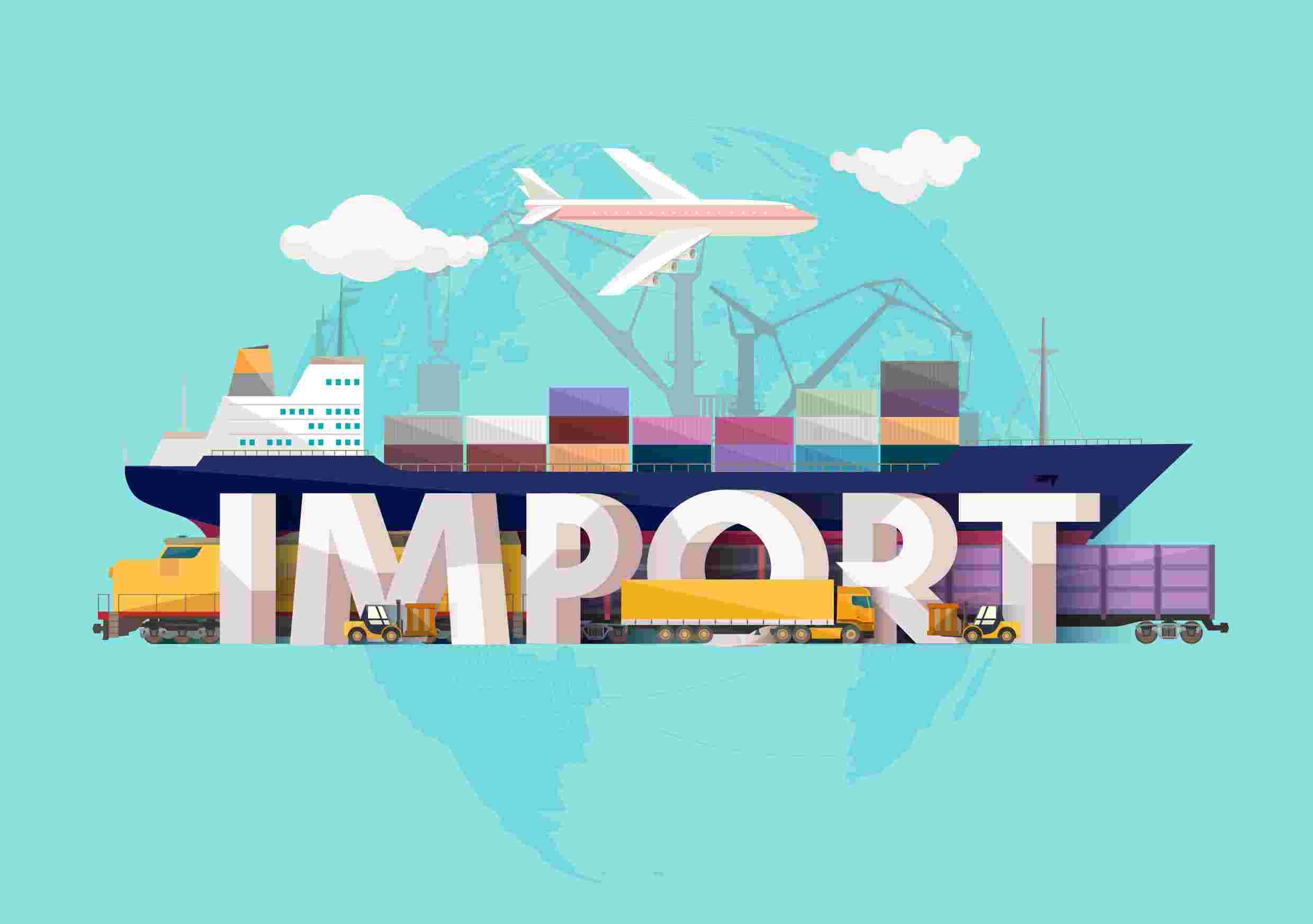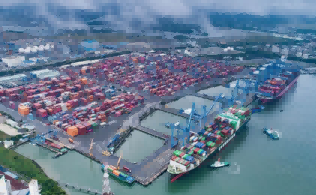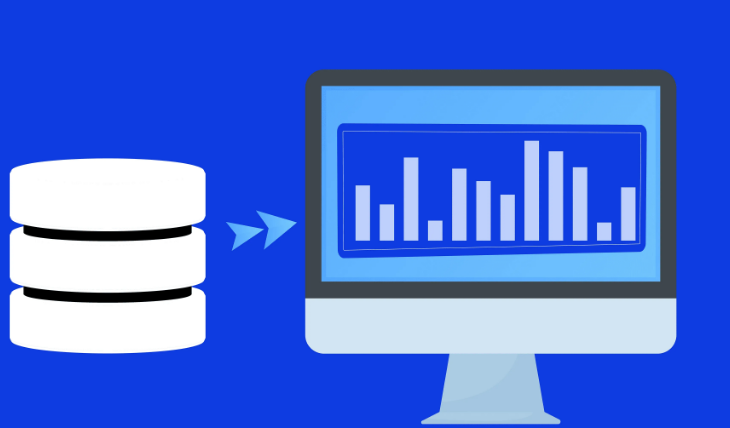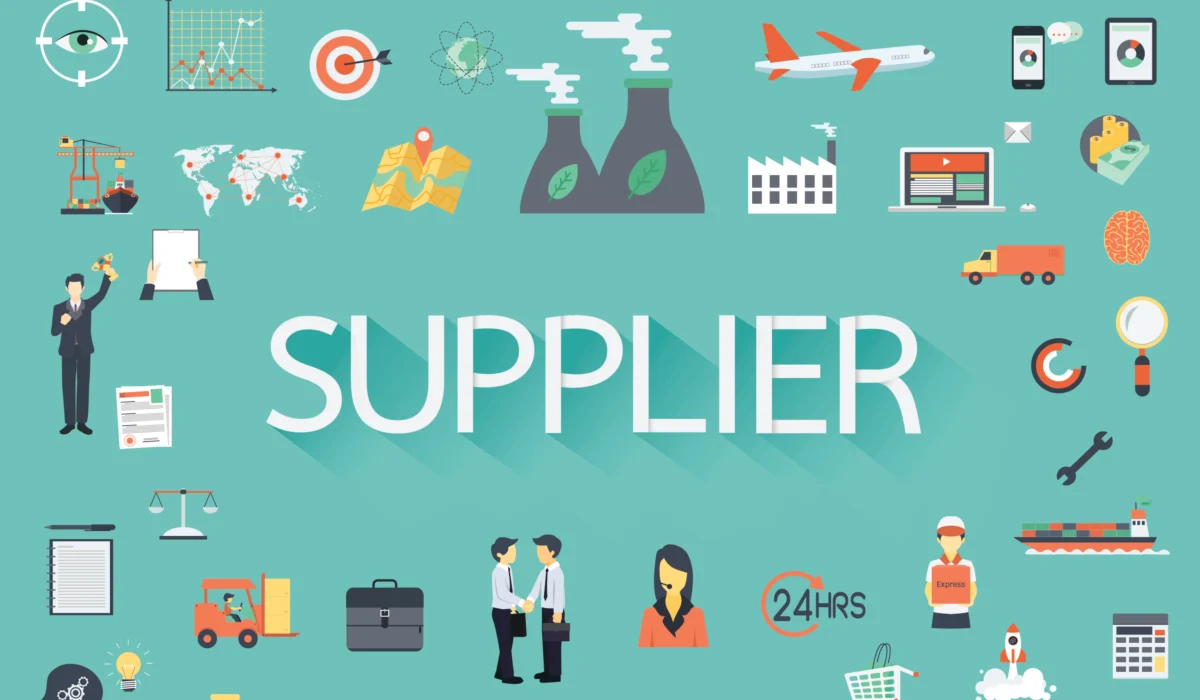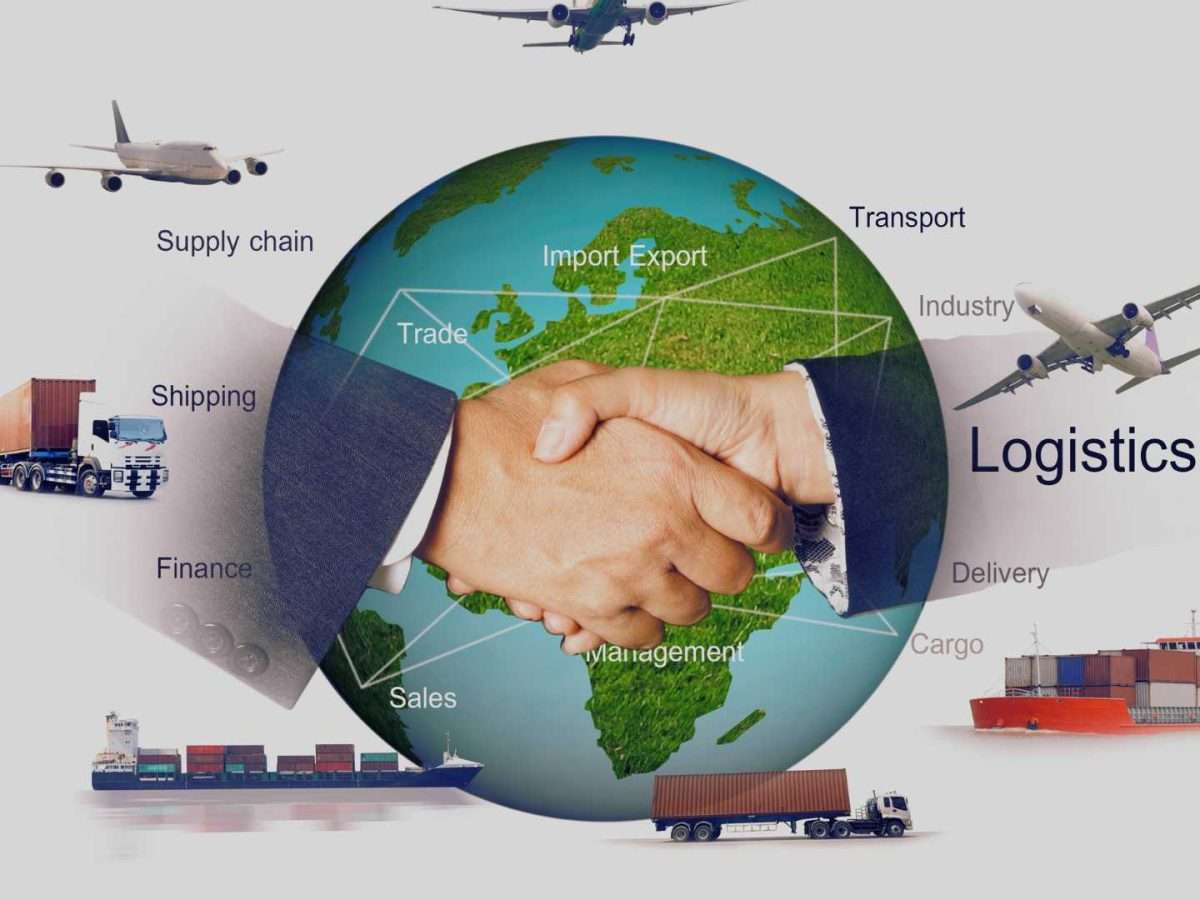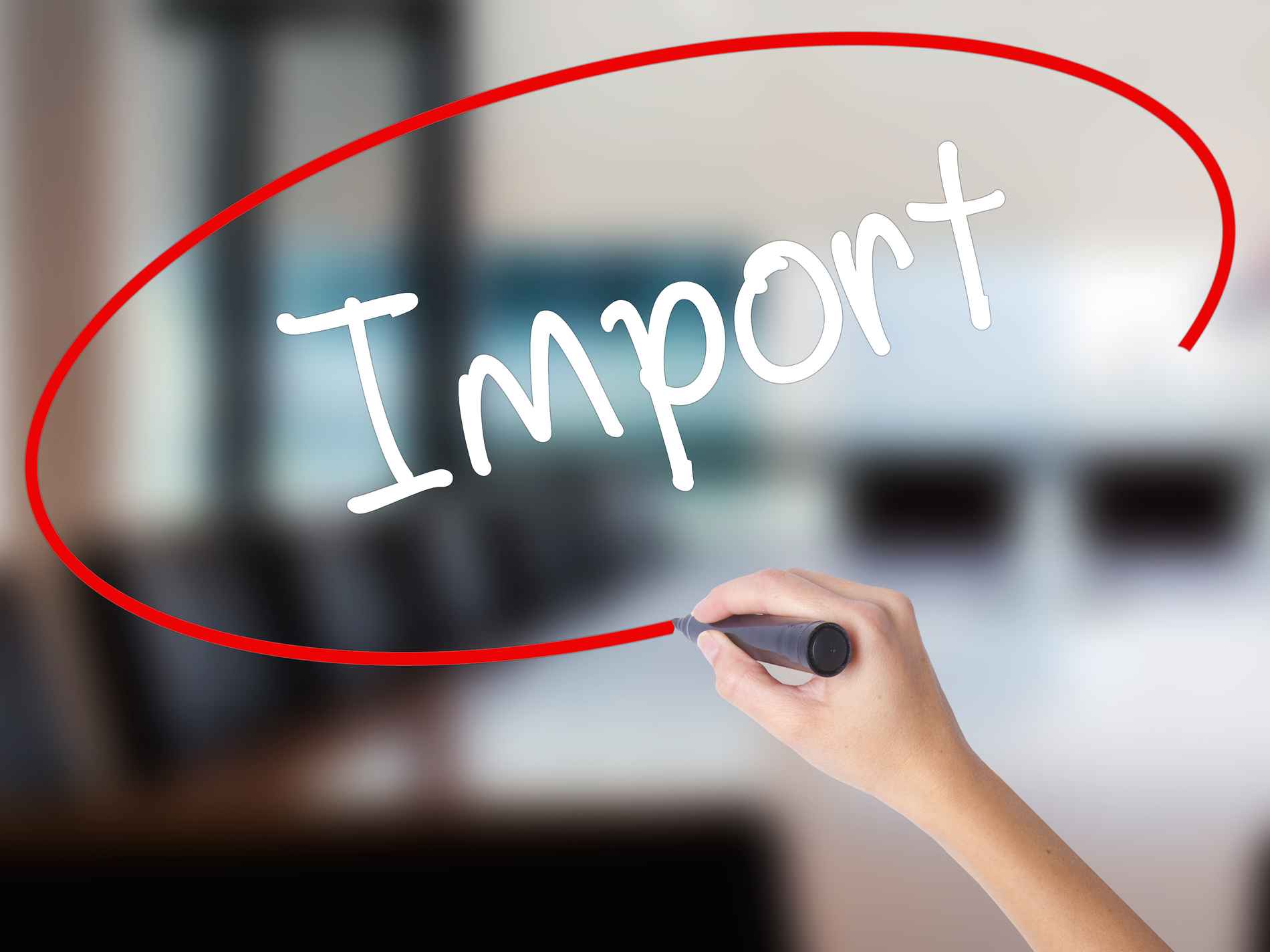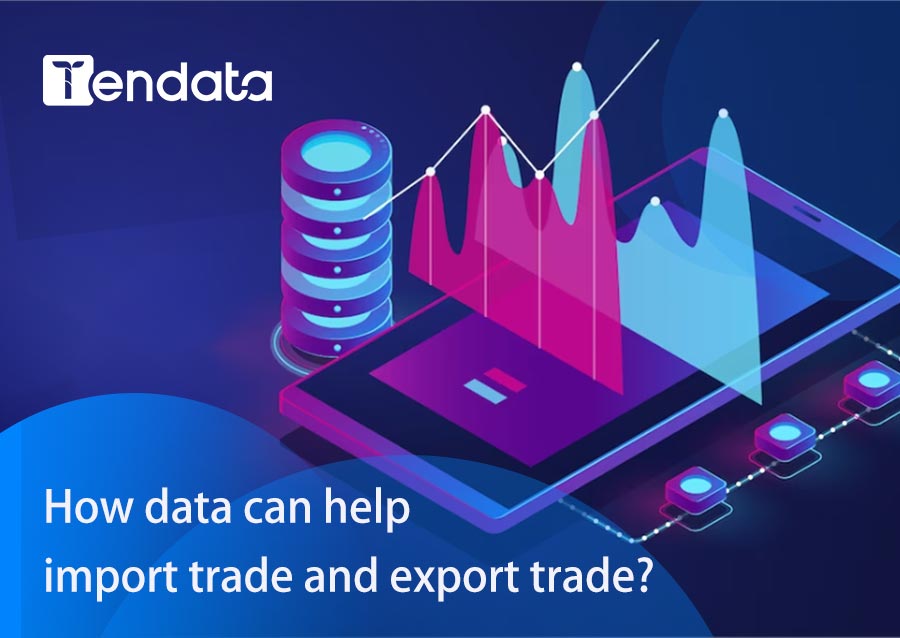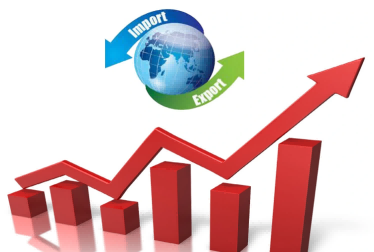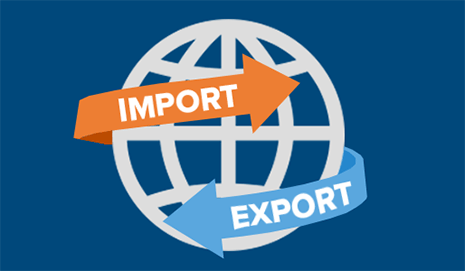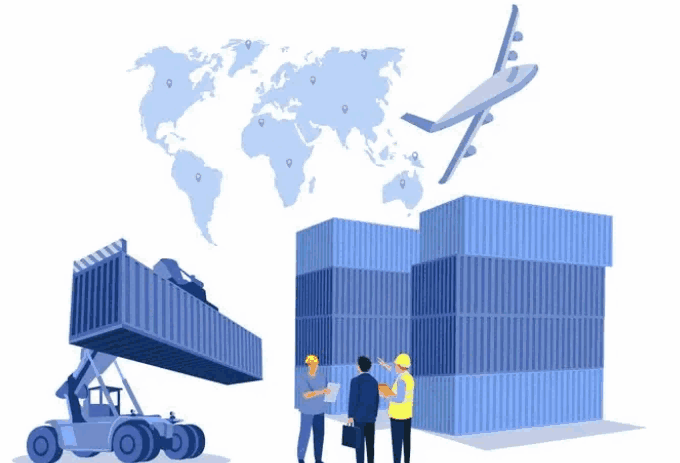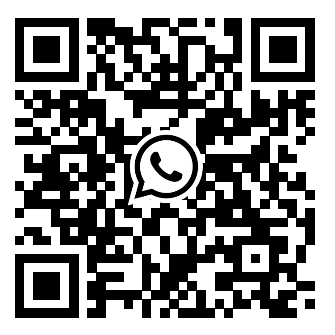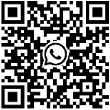 Trade Data Provider
Trade Data Provider
 2025-07-09
2025-07-09
How Do Senior Export Professionals Find and Develop International Clients? Today, let's take a look at how “A,” an export veteran with over 10 years of experience, develops clients through both online and offline channels.

1. B2B Platforms
Almost every export professional uses B2B platforms to develop clients. There are two mainstream approaches:
Paid storefronts on platforms like Alibaba, where businesses operate accounts and respond to inbound inquiries.
Keyword and competitor research via Google to identify B2B channels used by rivals, then registering and posting products to gain exposure.
Different platforms suit different products. When selecting a platform, companies should align with their product positioning and target markets. If the budget allows, operating across multiple platforms can boost exposure. However, even on paid platforms, waiting passively for inquiries is risky—since inquiries are often sent to many suppliers, competition is fierce and the chance of closing a deal is limited.
To fully leverage these platforms, it's essential to regularly update content, monitor buying leads, and actively reach out to prospects. Proactive engagement is key to successful client acquisition.
2. Offline Trade Shows
Although the pandemic temporarily disrupted trade shows, they remain one of the most effective ways to connect with clients. Newcomers should research key events in their industry, including timing, location, and scale.
Compared to the high cost of B2B platform promotions (which can exceed 60,000 RMB), trade shows offer a better communication advantage. Face-to-face interactions help build trust quickly and often result in faster deal closures. Even if you're not exhibiting, you can still attend to network and visit booths.
When attending, it's recommended to bring a notebook to record client questions, pain points, and contact details—this supports effective follow-up and tailored engagement afterward.
3. Social Media
Our company currently receives about 10 qualified inquiries per month via social platforms, especially Instagram.
Recommended practices:
Post daily updates (photos or videos) of shipments or production with brief English captions, such as:
“Another shipment to Dubai from Ningbo today!”
When users like or comment, reply promptly and thank them. Then send a direct message to ask what products they work with, share your company profile and catalog, and request their email for further contact.
While this approach doesn't require ad spend, it demands time, consistency, and patience. With continuous effort, it can become a stable source of leads.
4. Global Trade Data Platforms
Using global trade data is a more precise method for identifying potential clients. These platforms reveal information such as competitor buyers, shipment volume, export ports, and product categories—with buyer company names included.
Trade data is useful not only for discovering new clients but also for analyzing existing customers' buying habits. For instance, if a buyer consistently receives shipments every February, you can deduce their peak ordering time might be September–October. This enables you to plan marketing and outreach campaigns ahead of time.
Of course, effective outreach also requires accurate contact details. Some low-cost platforms only provide company names, requiring manual research on Google—which is time-consuming and often inaccurate. In contrast, premium platforms offer direct access to emails, phone numbers, and decision-maker profiles, helping you jump-start the sales process.
For example, using Tendata's trade data platform, we identified active Russian buyers of die casting molds with recent import records.
>> Try Tendata Global Trade Data for Free <<
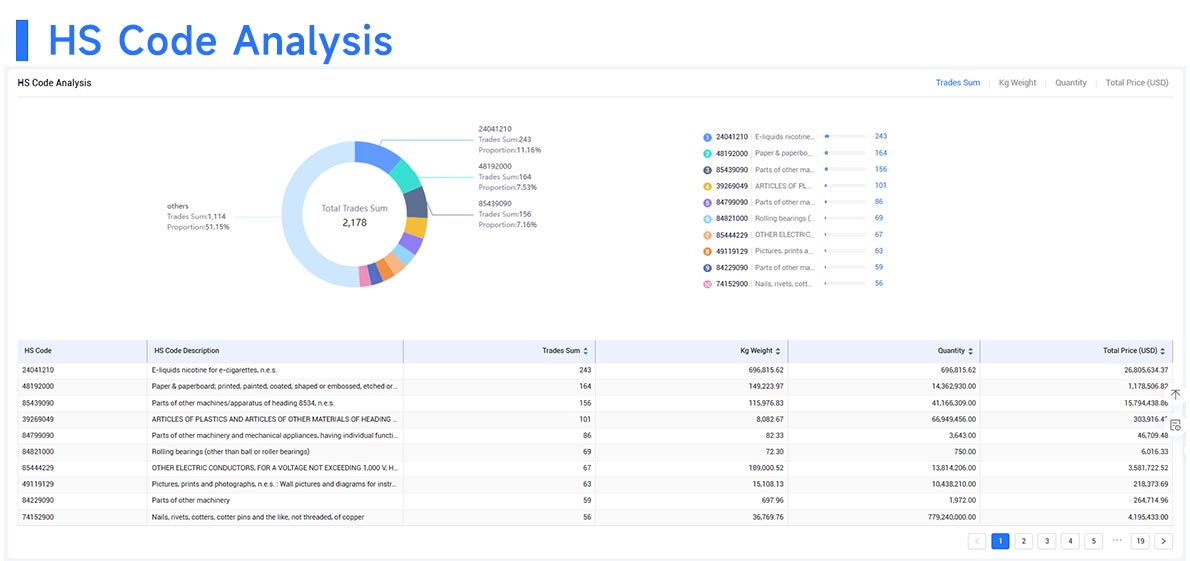
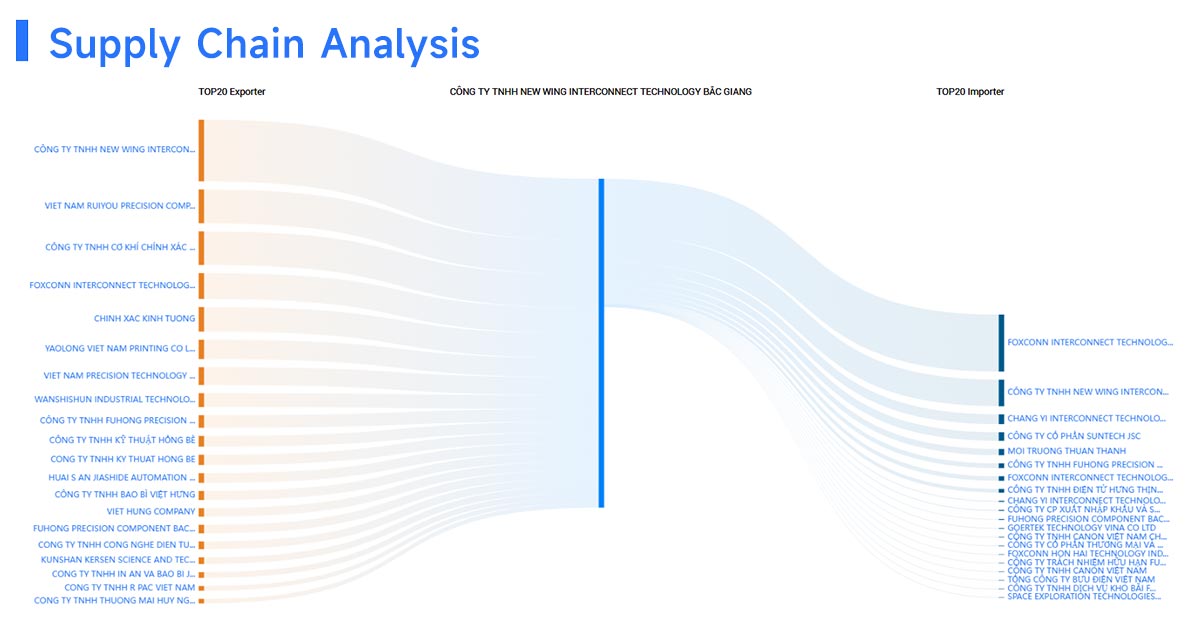
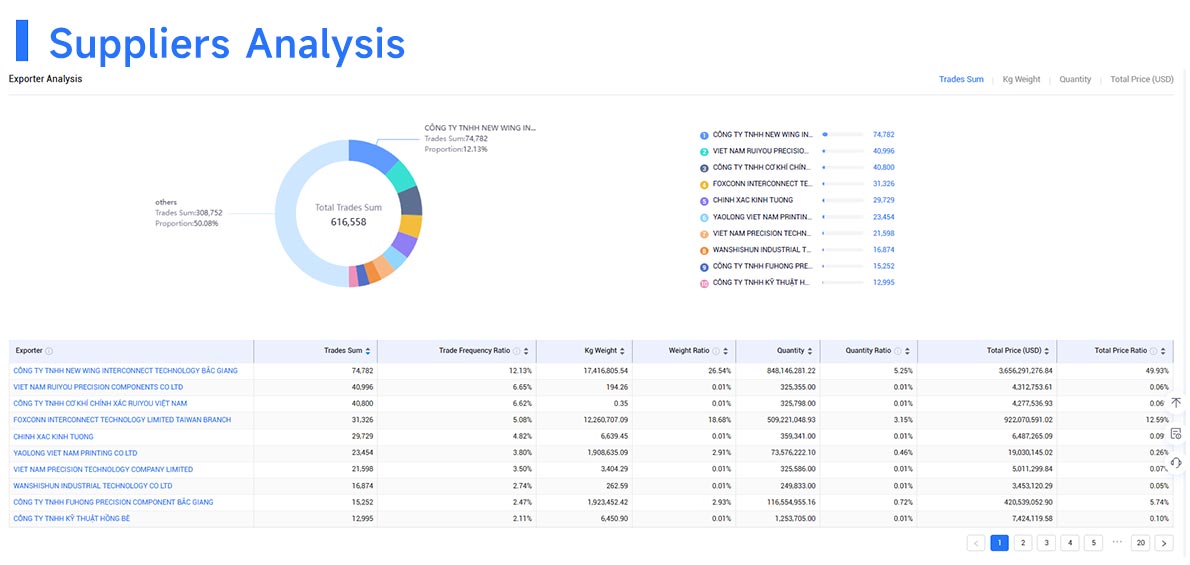
For each target customer, you can analyze their import history, HS codes, suppliers, supply chain, import regions, etc., which helps assess their purchasing power and potential for long-term cooperation. Trade trend analysis allows you to identify the best timing and approach for communication—laying the foundation for successful deals.


Additionally, Tendata provides a comprehensive contact database. With just one click on the “Contacts” section, you can access detailed info on buyers, executives, and decision-makers—including their email addresses and social media (LinkedIn, Facebook) accounts. Even better, the platform integrates directly with major platforms like LinkedIn, making it easier to build connections quickly.
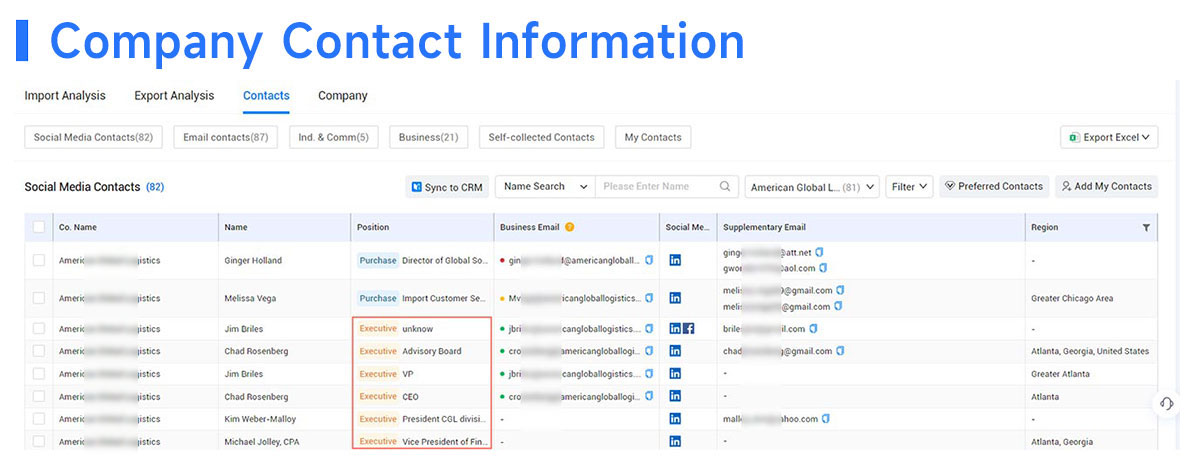
Conclusion
Developing international clients is never a one-time effort—it requires multi-channel, continuous action. Whether through online platforms, offline trade shows, or leveraging tools like global trade data, the right methods and consistent execution will lead you to high-quality customers.
We hope the strategies shared above help you open the door to the global market and accelerate your success in the import-export business!
Category
Leave Message for Demo Request or Questions


 T-info
T-info T-discovery
T-discovery

 My
Tendata
My
Tendata Market Analysis
Market Analysis Customer
Development
Customer
Development Competitor
Monitoring
Competitor
Monitoring Customer Relationship
Customer Relationship